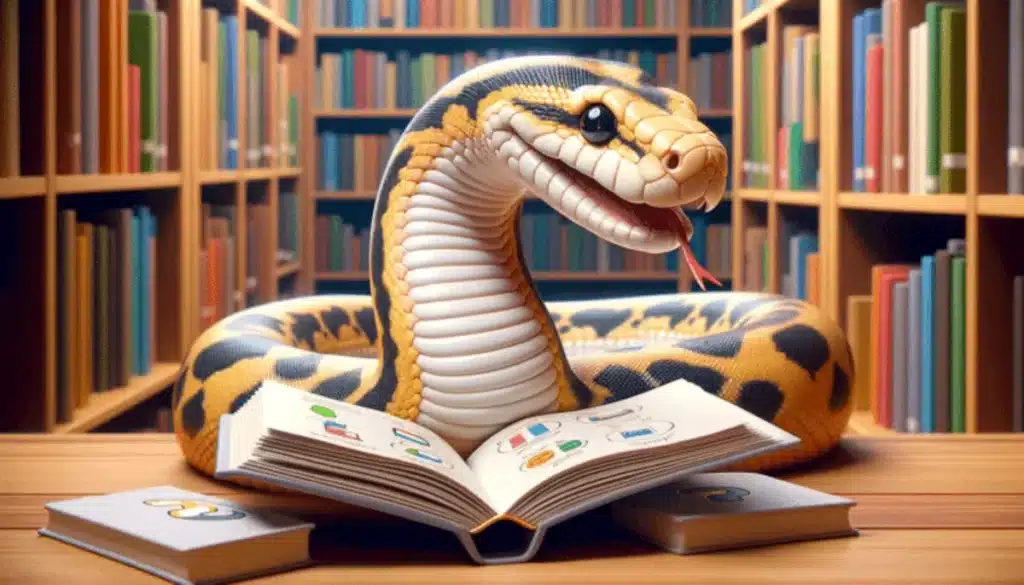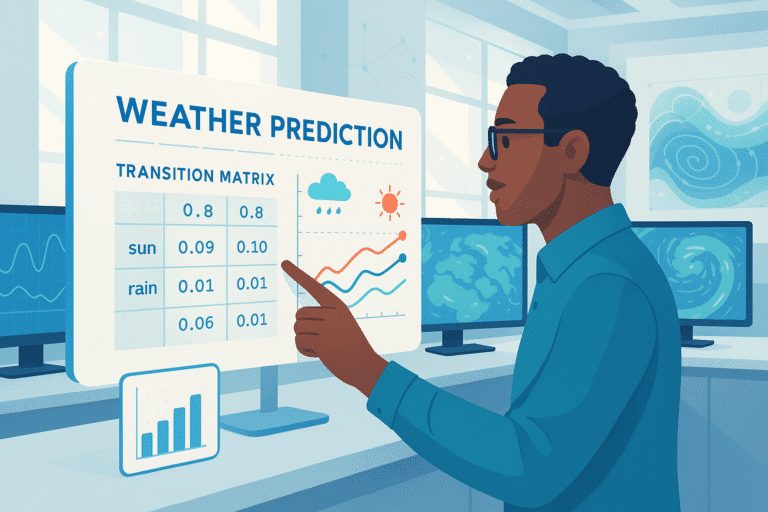Python is currently one of the most popular and sought-after programming languages. Its straightforward syntax, versatility, and large community make it an ideal choice for beginners. Whether it’s for web development, artificial intelligence, automation, or data science, learning Python offers considerable value. This guide provides a structured course in five steps to help you master the essential basics of the language. By the conclusion of this article, you’ll be capable of writing your first programs and continuing your education with additional resources.
Why learn Python?
Python is employed across a multitude of fields, cementing its status as an essential language. It is particularly praised for its ease of learning, and its clear and readable syntax makes it an excellent introduction to programming languages.
Python is used for web development, video games, automation, data analysis, and artificial intelligence, which demonstrates its versatility. Additionally, it is supported by a large community with thousands of active developers, so you’ll easily find online help along with numerous libraries that simplify development.
Compared to other languages like Java or C++, Python is distinguished by its simplicity, making it ideal for beginners. It is also preferred by companies of all sizes, from startups to large multinationals, particularly in fields such as finance, big data, and cybersecurity. Its widespread corporate adoption ensures high demand for Python skills in the job market.
Thanks to its extensive ecosystem of frameworks and libraries like Django, Flask, Pandas, or TensorFlow, Python allows for the development of complex applications with minimal effort. Furthermore, its interoperability with other languages and technologies makes it an excellent choice for projects requiring interactions among multiple systems.
How to install Python and its environment?
Before beginning coding, you need to install Python on your computer. Here’s how to do it:
- Download Python from the official site: python.org.
- Install an IDE (development environment) to facilitate coding, such as VS Code, which is lightweight and customizable, PyCharm, which is more comprehensive but heavier, or Jupyter Notebook, ideal for data science.
Once installed, open your terminal and type:

If the version displays correctly, you’re all set to code!
Basic syntax: first steps
Let’s now proceed to practice some fundamental concepts.
Variable declaration

Conditions and loops

Functions and data manipulation
Functions organize your code and make it easily reusable.
For defining and calling a function:

Lists and dictionaries

What resources are available to improve in Python?
Once these basics are mastered, it’s essential to continue practicing and expanding your skills to solidify your knowledge. Learning by doing is one of the best strategies to progress effectively.
Practical exercises are available on platforms like Codewars, Project Euler, or EdX, offering a wide variety of exercises focused on key computing and data concepts, including ERP-related topics like SAP. These exercises help to strengthen algorithmic logic and improve problem-solving abilities.
To apply your knowledge, engage in real projects, such as developing a calculator, creating an intelligent chatbot, or designing a web scraper that extracts relevant data from various sources.
Active learning through challenges and real accomplishments is an excellent way to stand out and acquire valuable experience.
Conclusion
You now have a solid foundation to start with Python! Thanks to its simplicity and power, this language will allow you to undertake numerous projects. Keep progressing by practicing regularly and exploring more advanced projects.
Feel free to check out our educational videos on YouTube and experiment with small exercises to strengthen your skills. Happy programming!










